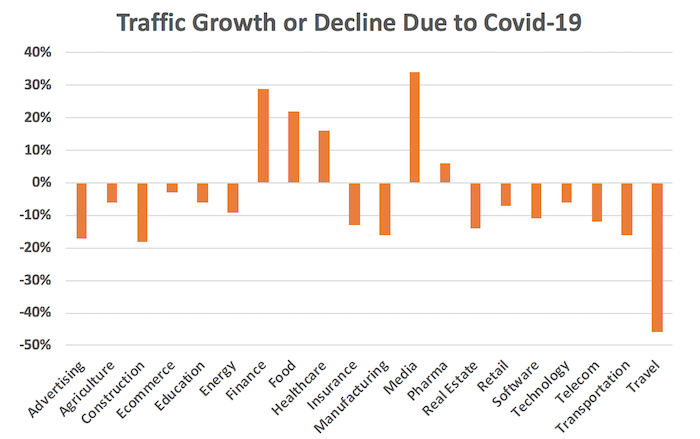Lately, my father and I have been discussing the
impact of Coronavirus in all industries from consumer goods, healthcare,
technology, global shipping and many others. If you think about it, it nearly has impacted every
industry and not just domestic, but globally. It’s a frightening thought
but it’s the new reality that we are living in. We are quickly adapting to the
new changes by using technology to stay connected: having online classes,
working from home, having virtual coffee chats/happy hours and zoom calls with
family members/gym trainers.
Since we operate a consumer good’s business, we were discussing
how the virus will impact the retail/wholesale business. I found an article
that shed some more light on our discussion. Currently, as consumers we now
find ourselves “as a crossroads”. We are worried about how we will sustain our
livelihood and are constantly checking up on our friends and loved ones virtually.
Instagram has even started a “Stay At Home” community where you can share your
videos and stories with your followers to get a sense of what people are doing at home. This helped
to create a strong sense of community for us as we are all staying indoors to
protect ourselves and stay safe. We are longing for protection and a strong
sense of community as we live through this pandemic.
As soon as this pandemic is over, consumers will watch
how they spend their money. Brands should consider that consumers are evolving
and as a result are asking themselves questions: “Why am I spending this
dollar? Who am I spending it with, and what greater good will it serve?” This
could quite possibly be the future of consumerism. I feel that now more than
ever brand’s messaging is extremely important as consumers are watching how brands
are responding to this pandemic and are watching how they are helping out their
communities. As we move forward, it will be interesting to see how brands continue to respond. But I do believe that consumers will change how they shop. I believe that in order to gain loyalty, brands should continue to find authentic ways to spread their message and engage with customers. Those brands that have stepped up to help their communities have gotten positive responses from the public. So I do believe that brands need to give back to their communities and create a bigger sense of purpose in order to gain the loyalty of their customers.
This will be interesting to
see how this plays out in the future.








